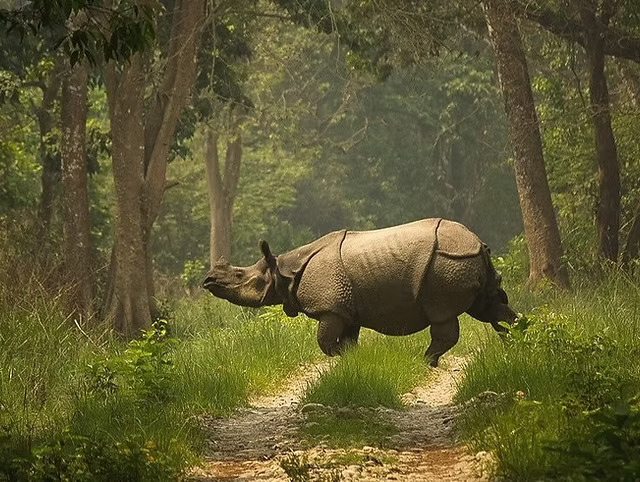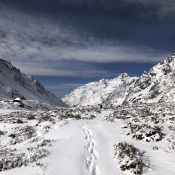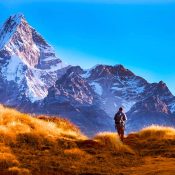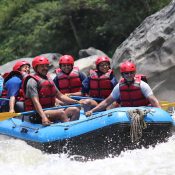Into the Wild: My Unforgettable Journey Through Chitwan National Park

Into the Wild: My Unforgettable Journey Through Chitwan National Park
I still remember the moment our jeep rumbled to life at the edge of the jungle trail. It was early morning, the mist hadn’t yet lifted, and Chitwan National Park looked like something straight out of a nature documentary. I had read countless blogs and seen dozens of photos, but nothing — and I mean nothing — could have prepared me for what I was about to experience.
The First Glimpse of the Wild in Chitwan National Park
As we entered the park, the smell of damp earth and wild grass filled the air. A peacock called in the distance, and somewhere nearby, I could hear the low grunt of what our guide said might be a rhino. “Keep your eyes open,” he whispered, as if afraid the jungle might overhear.
And sure enough, just a few minutes in, we saw our first one — a majestic one-horned rhinoceros, half-submerged in a mud pool, lazily flicking its ears. We froze in awe. I couldn’t help but feel a childlike wonder wash over me. This wasn’t a zoo or a safari park — this was real, raw nature.
An Unexpected Meeting
The deeper we drove into the park, the more alive everything felt. A family of spotted deer darted past us. We saw crocodiles sunbathing near the Rapti River. And then came the most unexpected encounter — an elephant.
But not a domesticated one. This was a wild tusker, emerging from the tall grass with the grace of something that had ruled this land long before us. It looked straight at us — curious, calm, confident — before disappearing into the trees like a ghost. I don’t think I even breathed during those few seconds.
Canoeing Through Still Waters
Later that day, we swapped the jeep for a dugout canoe. As the wooden boat slid through the still waters of the river, our guide pointed out gharials — those slender-snouted crocodiles you’d swear were imaginary if you hadn’t seen them yourself. Birds flitted from branch to branch — kingfishers, storks, hornbills — each one more colorful than the last.
Floating along the river, I realized how deeply peaceful Chitwan could be. Not just adventurous, but meditative. It’s the kind of place that silences your thoughts and fills you with something simpler, deeper.
The Culture Beyond the Wild
What I didn’t expect was how much I’d fall in love with the people around Chitwan. That evening, we were invited to a Tharu cultural show. The rhythm of their traditional stick dance, the laughter, the firelit faces — it all felt like being welcomed into a different world.
Over a simple dinner of dal bhat and spiced chicken, I spoke with a local named Kamal who’d lived near the park all his life. “The jungle is our neighbor,” he said. “You learn to live with it — respect it.”
Final Thoughts: Why You Should Go To Chitwan National Park
If you’re reading this and wondering whether Chitwan National Park is worth the trip — stop wondering. Go. Whether you’re a nature lover, a curious traveler, or someone just looking for a break from city life, Chitwan will leave its mark on you.
And trust me — that first glimpse of a rhino, the boat ride under the jungle canopy, the scent of wildflowers on the breeze — you’ll carry it with you long after you’ve left the forest behind.
Tips if You’re Planning to Visit:
- Best time to visit: October to March (cooler and drier months)
- What to pack: Binoculars, light clothing, sunscreen, and mosquito repellent
- Don’t miss: The elephant breeding center, canoe rides, and Tharu village visit
- Tours to consider: Jungle walk, jeep safari, birdwatching treks
All Categories
Quick booking process
+977-9803633878




